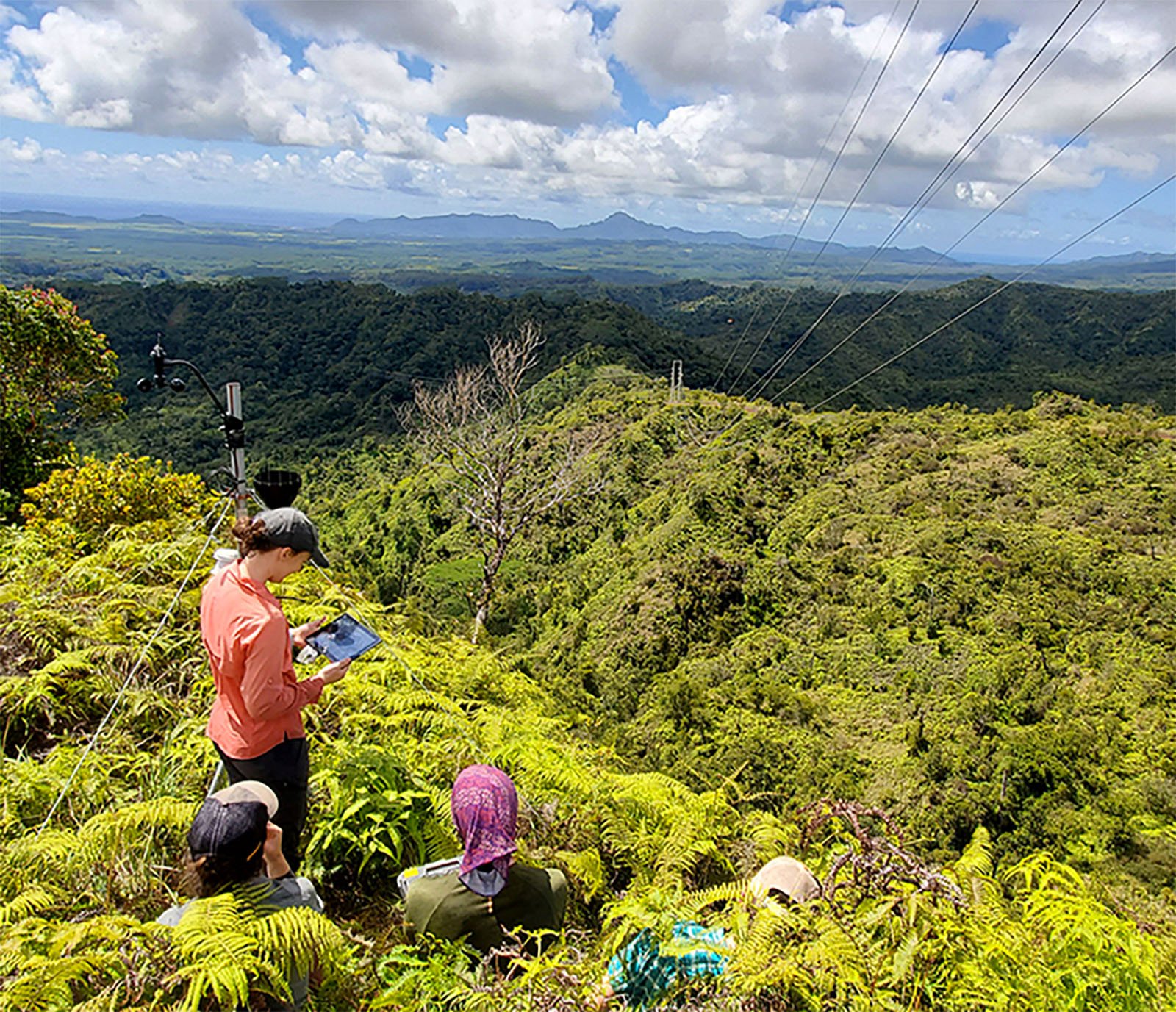
ARC SERVICES
Ecological Monitoring
• Pre-project assessments and ESA impact minimization planning.
• Monitoring to prevent wildlife impacts during construction.
• Development, implementation, and evaluation of mitigation plans for powerlines, communication towers, and renewable energy installations.
Infrastructure Monitoring &
Minimization Project (IMMP)
• Global leaders in reducing avian collision risk for infrastructure and lighting.
• Offers estimates and advice to minimize risk during project planning.
• Post-construction, avian collision risk is assessed and reduced through rapid monitoring, in-depth risk assessments, light attraction evaluation, and data analysis.
Seabird Colony Creation,
Monitoring & Management
• Comprehensive solutions for safeguarding endangered seabird colonies.
• Services include rapid assessment surveys, colony creation, and ongoing monitoring.
• Guidance on management practices, predator-proof fencing, and data analysis for effective protection.

ARC Services

Ecological Monitoring
For construction and development projects, where wildlife and ESA listed species may be affected by project activities, ARC can provide pre-project assessments and impact minimization planning, as well as ecological monitoring and reporting during project implementation.
Services Include:
Assessing disturbance and evaluating potential impacts to habitats and wildlife pre-construction
Monitoring and advice to ensure there are no impacts to wildlife during construction
Developing, implementing and evaluating mitigation plans for powerlines, communication towers, and renewable energy installations

Infrastructure Monitoring & Minimization Project (IMMP)
We are global leaders in assessing avian collision risk and implementing collision reduction measures for infrastructure and lighting used in power generation, power transmission and communications.
Pre-construction and during project planning, we provide:
Estimates on avian collision risk for infrastructure used in power generation, transmission and communications.
Advice on how to minimize collision risk and light attraction.
Post-construction, we quantify and minimize (reduce) avian collision risk at existing infrastructure through:
Rapid collision assessments and monitoring.
In-depth assessment of avian collision risk at the landscape or powerline grid scale.
Assessment of avian light attraction risk.
Data analysis and predictive modeling.
Local project capacity building including on-the-ground training of local staff.
Unbiased, scientific advice during the regulatory processes.
Our reports interpret the data and provide easy to read summaries as well as detailed scientific information. We work with clients to reduce bird strike with infrastructure in a cost effective and efficient manner, reducing collisions and light attraction of birds.
Senior Scientist Marc Travers (MSc) is the lead on our Infrastructure Monitoring and Minimization Project (IMMP) team and has a decade of experience in this area. Working with the University of Hawaii (UH) and with partners at University of California (UC) Santa Cruz and Conservation Metrics Inc., Travers has designed innovative, robust and scientifically validated methods to conduct efficient, landscape-scale level avian collision risk assessments.

Seabird Colony Creation, Monitoring And Management
We have extensive experience in a wide range of seabird projects focused on both conservation and research, specializing in the following areas:
Rapid assessment surveys to locate endangered seabird colonies in remote or challenging areas
Colony creation through translocation and social attraction
Seabird monitoring using a range of scientific equipment including acoustic monitoring, remote cameras, night vision and drones
Guiding land managers in seabird friendly management, including monitoring the effectiveness of management over time
Colony protection using predator proof fences
Data analysis from multiple data sources including imagery and acoustics
GIS mapping and modelling
Use of tracking devices (satellite tags, data loggers, geolocators) to assess at-sea distribution, over land transit routes and back-tracking to locate undiscovered seabird colonies
The Seabird team is led by Science Director Dr. André Raine, who has two decades of experience and is internationally recognized as an expert on endangered seabirds and remote colony location, management and monitoring.











